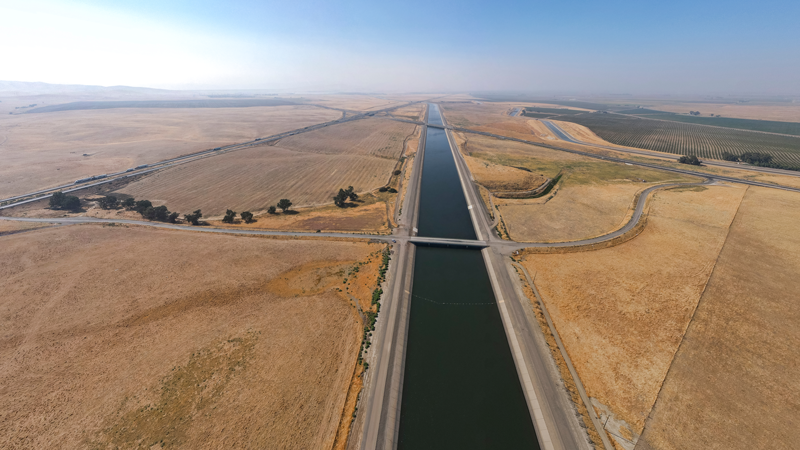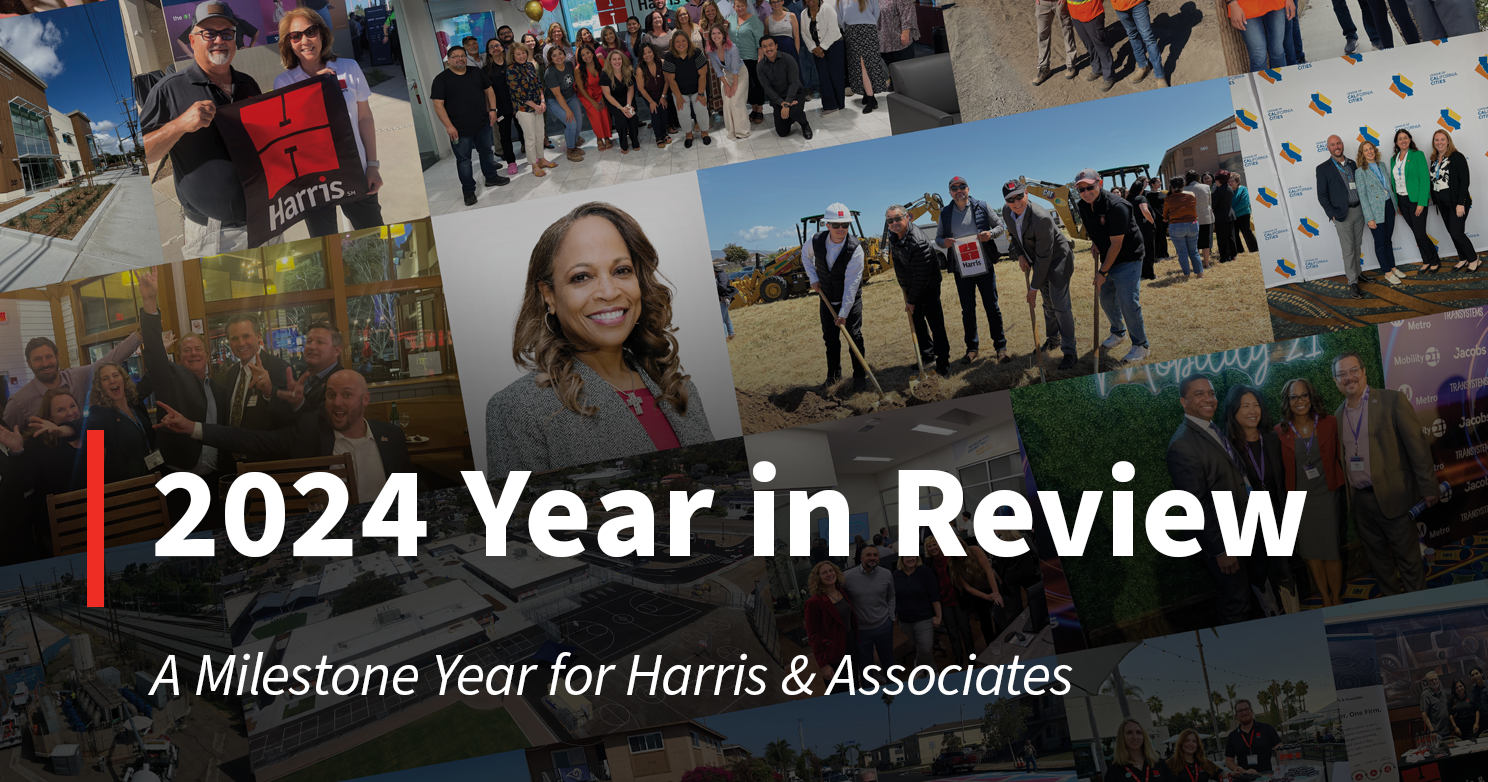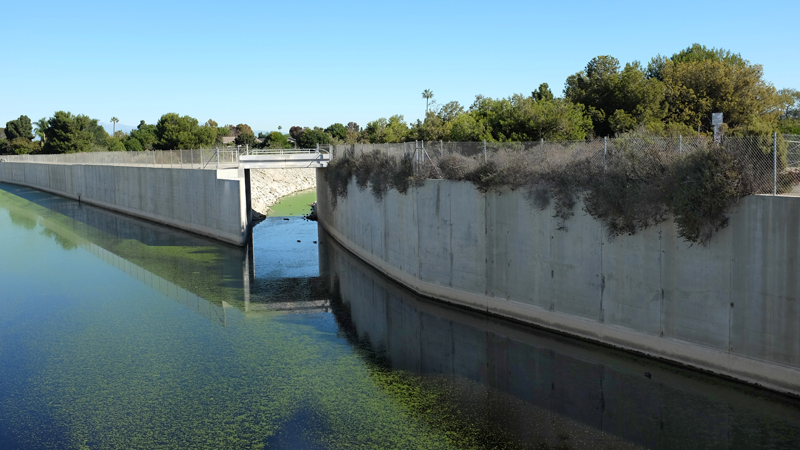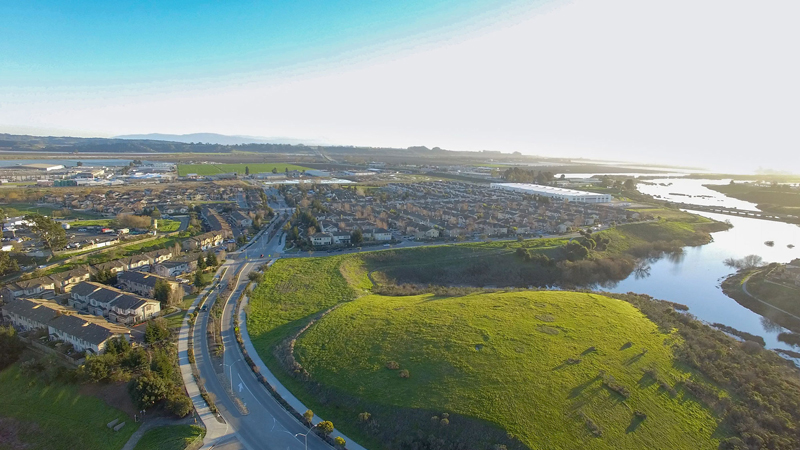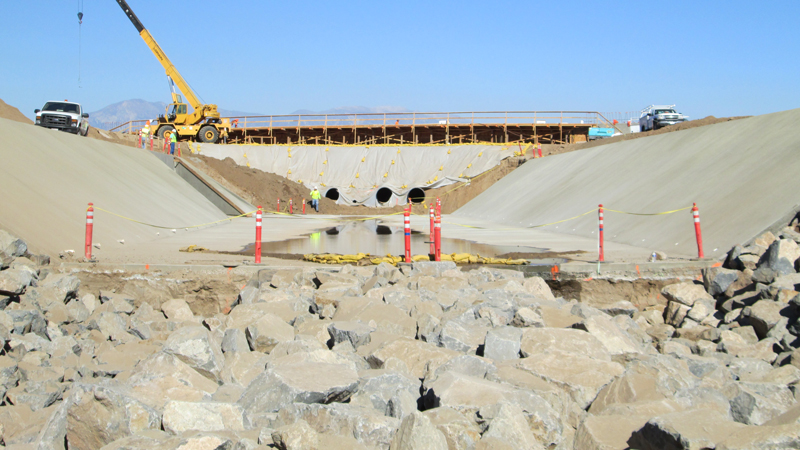5.1 minute read
June 08, 2017
In the business world, matching up revenues to recover costs is a given—it’s baked into the process. In our water utility world, however, full cost recovery can often be more of a Holy Grail, fabled and elusive.
Yet there are rate design solutions that could help your agency reduce financial uncertainty by ensuring greater revenue stability.
The Core Issue
For many water utilities, a larger portion of revenue recovery has historically been accomplished through its variable pricing component (i.e. price per unit of water usage), compared to its fixed pricing component (i.e. monthly service charge). And yet from a cost of service standpoint water utilities typically incur a higher level of fixed costs compared to costs that vary with water usage. Think about cost drivers such as staffing, debt service and yes, depreciation (even though this is a non-cash item). These costs do not typically vary with water usage. This mismatch of cost recovery is a serious problem that compounds over time and is starting to catch up with us in light of the significant backlog of R&R needs, especially if a utility has not been accounting for depreciation in its rates.
From a cost of service standpoint, ensuring that rates are equitable across customer classes doesn’t necessarily solve the problem since the rates for fixed charges are typically too low across the board. Even in municipalities with a current surplus, success isn’t sustainable: A shift in conservation policy could reduce water use, slash the revenue from variable charges and usher in deficits. (While conservation delays the costs of developing alternative future water supplies, in the short term it deprives utilities of money they need to stay solvent.)
How to Address the Problem
The financially sustainable approach is to design water rates that better reflect how your utility incurs fixed and variable costs, which could mean increasing the proportion of cost recovery through fixed charges compared to volume charges. That said, handle such changes with care. You may encounter objections, including:
- “That’s unfair! If I’m on vacation next month, I shouldn’t have to pay that much!”
- “You asked us to conserve, we conserved, and now you’re raising our rates?”
- “You say it’s just $10 more a month, but on the news I hear it’s a 12% rate increase.”
- “Voters won’t go for it.”
Educating the public is crucial in this situation. My white paper titled, The Gold Standard Approach to Securing a Stronger Financial Future for Your Water Utility, dives deeper into how to organize public education and engagement, but in short, spelling out the benefits and costs early and often to all stakeholders helps you gain their buy-in for any changes. Your effort can transform customers into ambassadors for your approach.
An annual survey of water rates1 has tracked how utilities are approaching the fixed versus variable cost recovery dilemma. For the 2016 WA State survey, the average monthly residential service charge reported by water utilities was $13, with a range of $6 per month to $33 per month. In CA, the range of monthly residential service charges in 2015 amongst the 4 regions of the state ranged from a low of $11 per month to a high of $109 per month. While there are several reasons for these rate differentials, the decision over what costs to recover and how much of those costs should be recovered in the fixed charge is certainly one of the key reasons for the significant variation in monthly service charges. Remember that overall water demand has decreased in many parts of the country due to conservation measures, e.g. low flow appliances, and greater awareness of sustainability and climate change concerns. With lower demand comes lower revenues and therefore utilities are seeking ways to increase revenue stability through the fixed monthly charges.
And speaking of conservation and water rates, California has been at the forefront of both issues for many years.
California’s Unique Environment
Since the California Urban Water Conservation Council (CUWCC) implemented the 30/70 BMP (Best Management Practice) of water sales revenue recovery, i.e. setting the maximum level of revenue recovered through the fixed charge at 30%, utilities have endeavored to find the right balance of encouraging water conservation and ensuring revenue stability.
This “cap” on fixed charge recovery was particularly controversial during the most recent drought years as utilities were mandated to implement drastic water consumption measures in the face of already declining revenues. In 2015, after the state’s drought led to a 25% mandated water use reduction, some utilities’ revenues dropped precipitously. Coincidentally in this same year, a California court ruled in the Capistrano decision that impacts water pricing strategies for all water utilities in the state. This decision ruled that water rate structures, including inclining block rate structures, need to be based on the actual costs of providing water service as reflected in the rate structure. With the dramatic turnaround in California water supply conditions this past year, now is the time to reassess your rates and revenue recovery strategies to be ready when the next low water years occur.
Your Next Steps
So what is the answer to finding the right balance?
- Utilities should examine their reserve policies to create or shore up emergency or rate stabilization funds that can be used to cover revenue shortfalls.
- Prepare a multi-year rate outlook that moves towards higher recovery of fixed charges; this will help mitigate rate shock to low water users who are likely to see the largest bill impacts when their monthly service charge increases.
- And as always, keep your stakeholders engaged in the process.
It’s smart to make revenue recovery fit the cost. An experienced rate consultant can help you navigate your options, but the most important thing is to recognize the need to create a sustainable cost profile and get buy-in from your team and other stakeholders.
In the meantime, download my white paper to get the full story on the Gold Standard to Water Utility Financing.
And please share your experiences—good and bad—with cost recovery.

